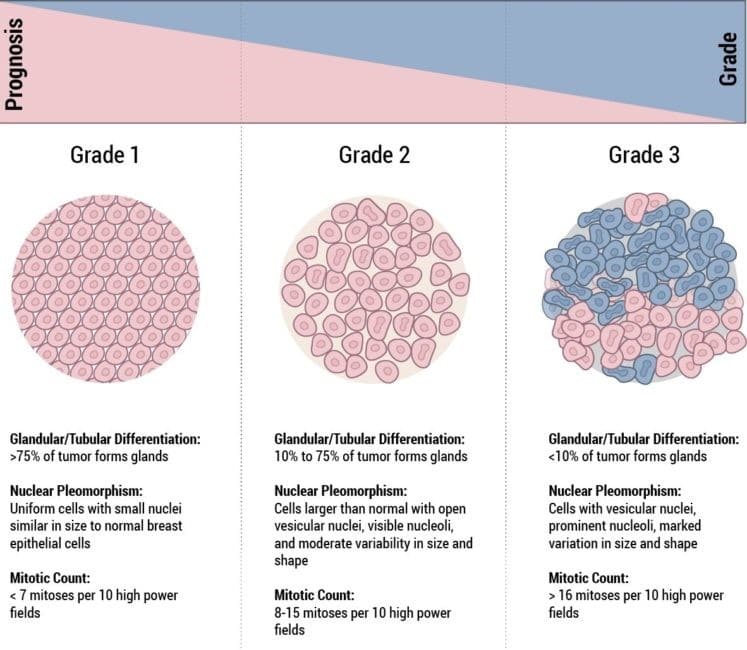Dr. Gilmore is a board-certified anatomic pathologist specializing in breast pathology at University Hospitals Cleveland Medical Center and Associate Professor of Pathology at Case Western Reserve University in Cleveland, Ohio.
Dr. Hannah L. Gilmore is a pathologist in Cleveland, Ohio and is affiliated with multiple hospitals in the area, including Louis Stokes Cleveland Veterans Affairs Medical Center and University Hospitals Cleveland Medical Center. She received her medical degree from Case Western Reserve University School of Medicine and has been in practice between 11-20 years. Dr. Hannah L. Gilmore is a pathologist in Cleveland, Ohio and is affiliated with multiple hospitals in the area, including Louis Stokes Cleveland Veterans Affairs Medical Center and University Hospitals Cleveland Medical Center. She received her medical degree from Case Western Reserve University School of Medicine and has been in practice between 11-20 years.



